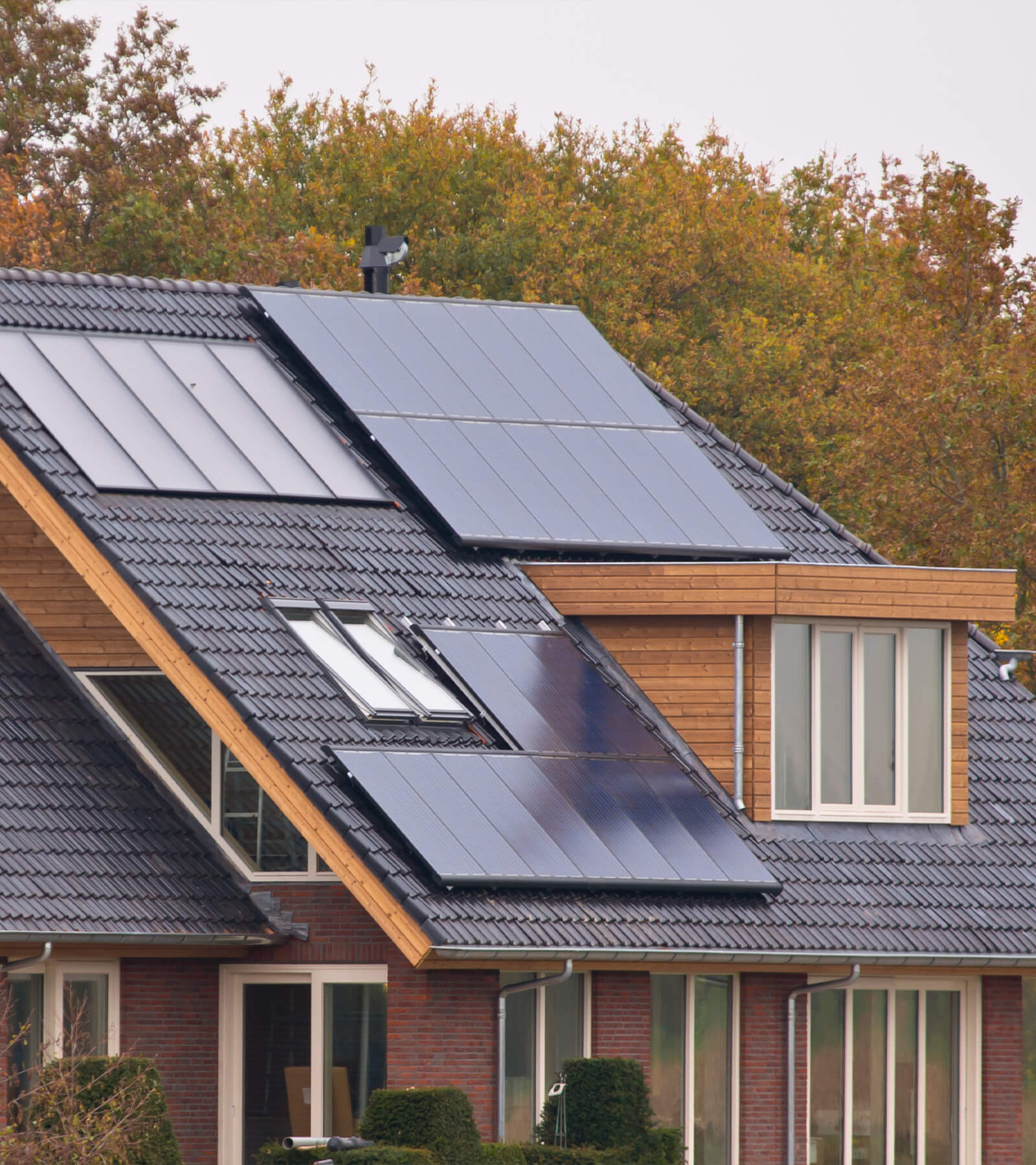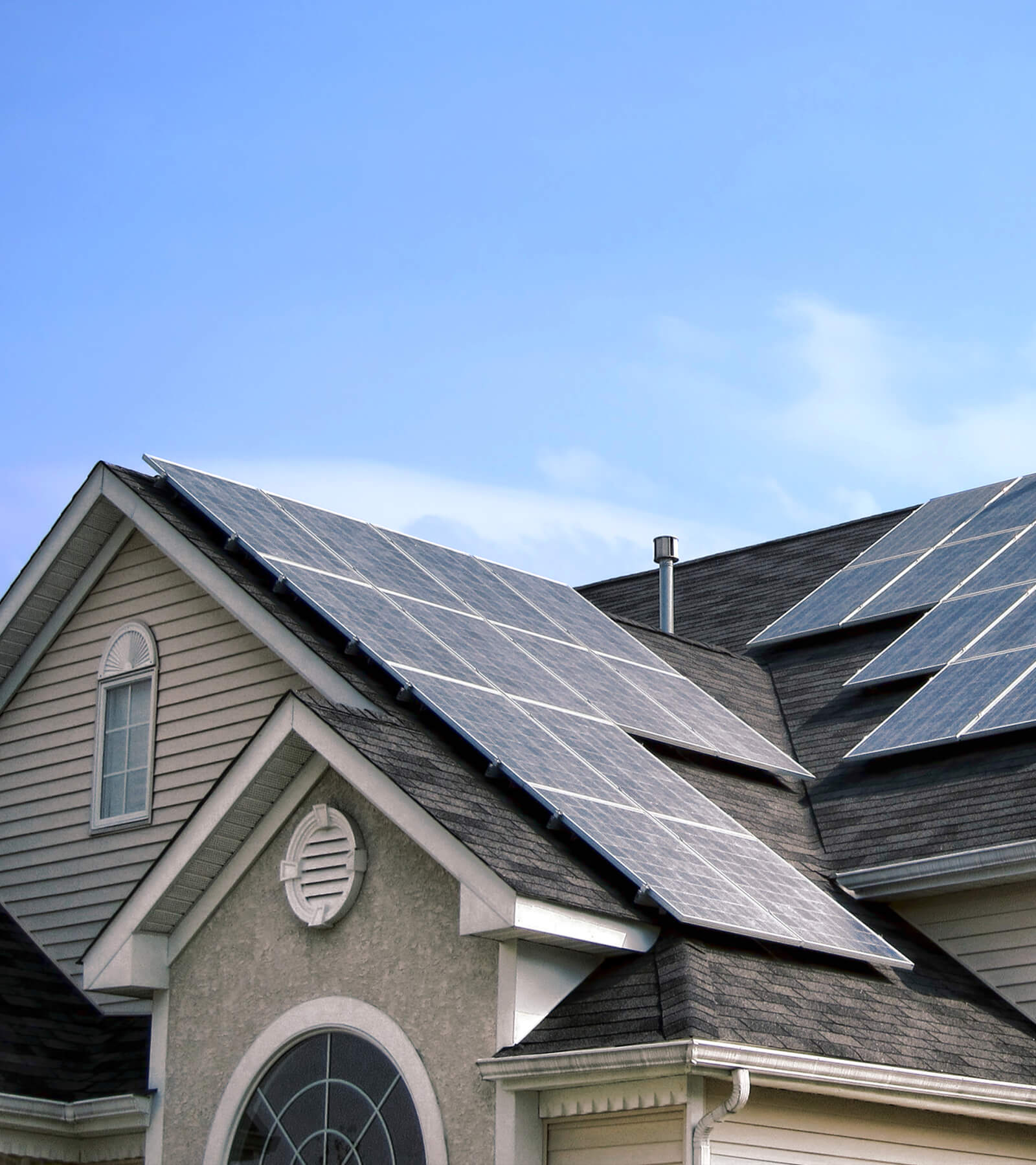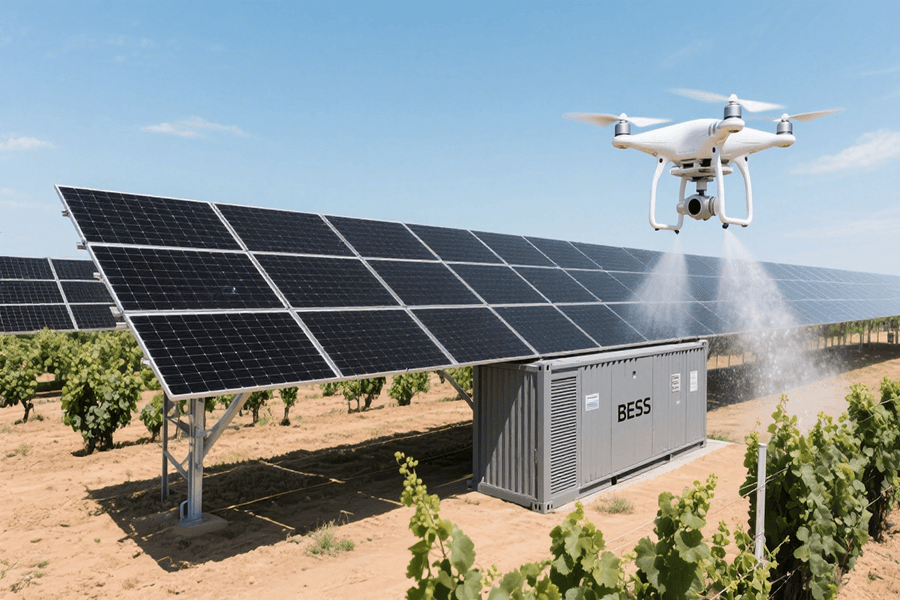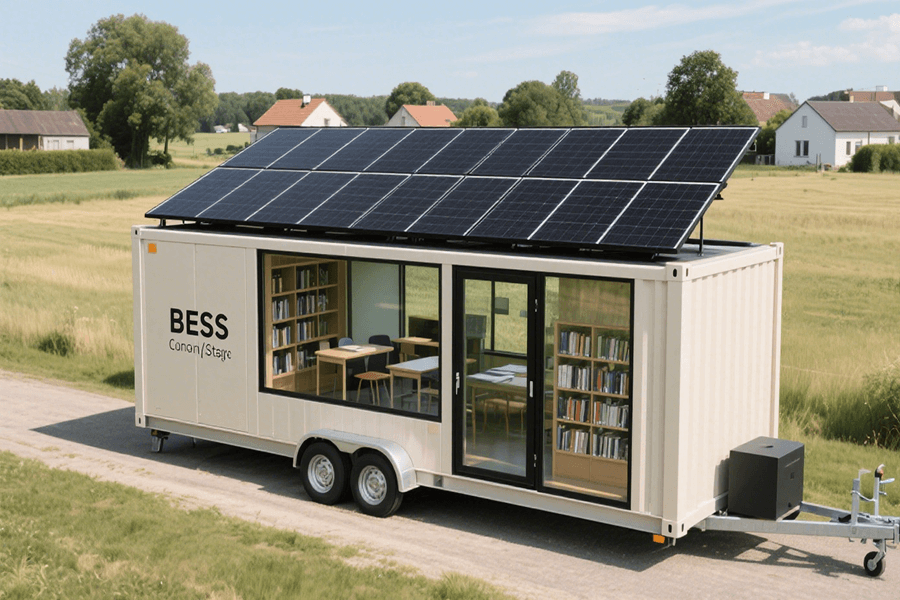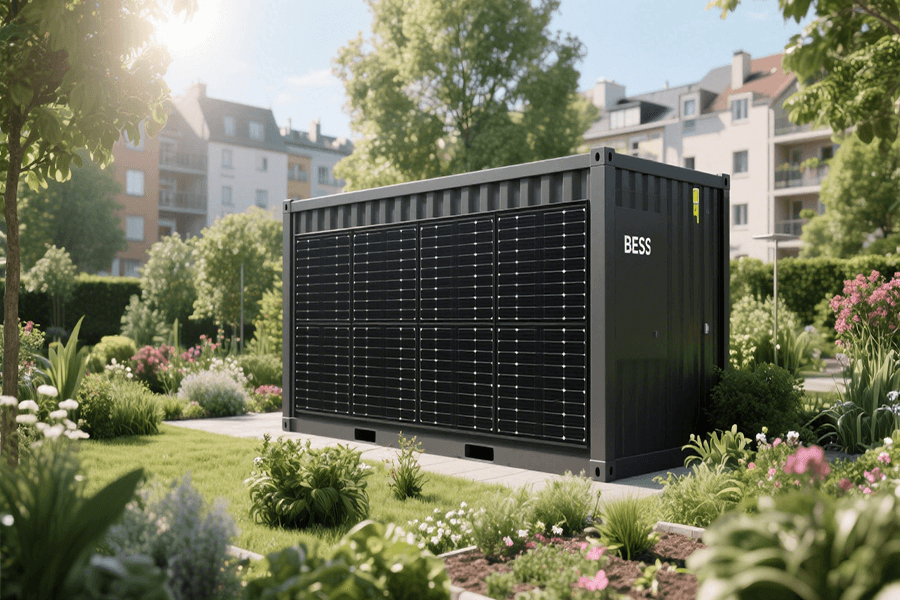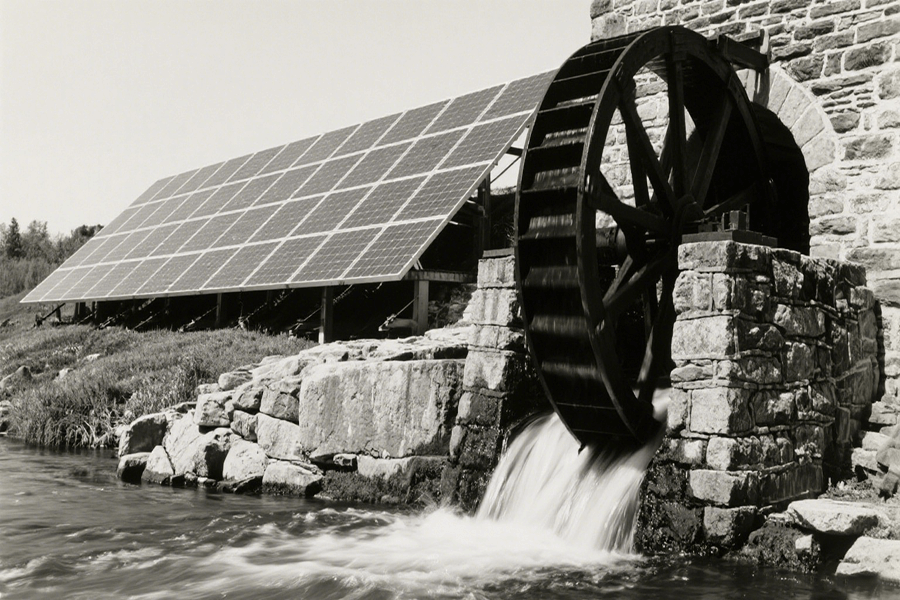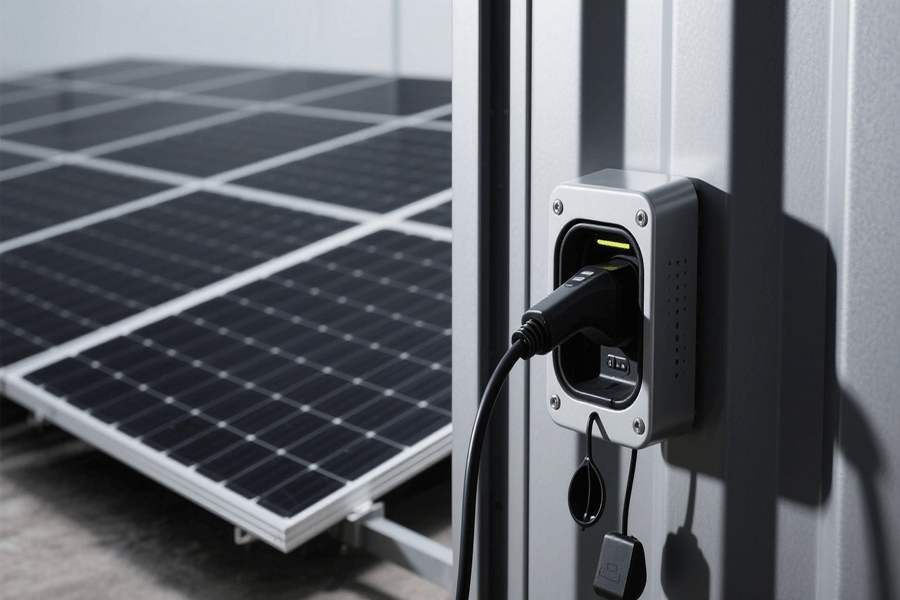Cheerio, cloudy climates! Discover the best Best 16kW solar panels for cloudy climates UK 1,200-hour sun diet (spoiler: REC Alpha Pure-R laughs at clouds).
We pit REC’s 23% low-light boost against Panasonic’s hybrid tech, calculate ROI from Scotland’s Nessie-level persistence to England’s sunnier south, and decode 2025’s MCS-certified winners. Bonus: Maxbo Solar reveals why rainy bank holidays are their favourite sales pitch. Spoiler: It’s not the tea breaks.”

When British Weather Throws Shade (Literally)
“Let’s face it: in the UK, sunshine is as rare as a polite debate in Parliament. But fear not—modern solar tech laughs at clouds (and your neighbor’s ‘helpful’ advice about rain barrels). If you’re living in a climate where drizzle is the default, a 16kW solar system isn’t just a luxury—it’s a survival kit. Even with the UK averaging just 1,200 annual sunlight hours (Energy Saving Trust), today’s panels turn overcast skies into cold, hard cash. Let’s break down why size matters and how 16kW systems are quietly powering Britain’s tea kettles and heated towel rails.”
Why 16kW? Because British Homes Are Hungry
A 16kW system isn’t just for stately homes with moats. The average UK household guzzles 3,800–4,100 kWh/year (National Grid ESO), but add EVs, heat pumps, or a slightly obsessive Christmas light display, and you’ll need serious juice. Here’s the kicker: modern 16kW setups in cloudy climates still generate ~18,000 kWh/year thanks to low-light wizardry.
The Cloudy Climate Scorecard: Real Data, Real Panels
We crunched 2024 lab tests and UK field data (no tea breaks involved) to show how top panels perform under our “liquid sunshine”:
| Panel Model | Low-Light Efficiency Boost | Annual Output (16kW System, UK Avg.) | Price per Watt (2025) |
|---|---|---|---|
| REC Alpha Pure-R | 23% (vs. standard panels) | 18,500 kWh | €0.45–€0.50 |
| Panasonic EverVolt | 15% (hybrid cell tech) | 17,200 kWh | €0.48–€0.53 |
Sources: REC Product Specs, Panasonic White Paper, UK field data aggregated from MCS-certified installs.
Key Takeaway: REC’s 23% low-light edge means an extra 1,300 kWh/year vs. Panasonic—enough to power a Tesla Model 3 for 3,500 miles (EPA). Still, Panasonic’s hybrid tech offers durability for hail-prone areas (looking at you, Scotland).
MCS Certification: Your Ticket to Subsidies (and Bragging Rights)
All panels named here are on the updated 2024 MCS Certified Product List, a non-negotiable for accessing the UK’s Smart Export Guarantee (SEG). Translation: without MCS stamp, your solar dreams are about as useful as a chocolate teapot.
“But What’s the Damage to My Wallet?”
A 16kW system in 2025 runs €20,000–€25,000 installed (National Renewable Energy Centre), but here’s the sunny side:
- England South: 8-10-year payback (19,000+ kWh/year).
- Scotland: 10-12 years (15,000 kWh/year) but with £6,000+ in Scottish gov grants.
Pro Tip: The REC Alpha Pure-R’s 22.3% efficiency (REC Data Sheet) shaves 1-2 years off payback vs. mid-tier panels.
Part 1: Low-Light Champions – Panels That Don’t Ghost You
When the UK sky serves up a classic “pea souper,” these panels treat fog like a mild suggestion. Let’s meet the two heavyweights turning drizzle into dividends.
A. REC Alpha Pure-R: The Greggs Queue of Solar Panels
“REC’s panels work harder than a queue at a Greggs during lunch hour.”
Cold, Hard Stats (2025):
- Low-Light Efficiency: 23% better than standard panels, validated by 2024 EU lab tests (Fraunhofer ISE).
- Real-World Output: 18,500 kWh/year for a 16kW system (Energy Saving Trust field data from Yorkshire installations 2024 Report).
- Price: €0.45–€0.50 per watt (€20,000–€25,000 for a full system).
Why It’s a Cloudy Day MVP:
REC’s heterojunction cells and split design minimize energy loss when photons are scarce. Translation: they’ll squeeze electrons out of a literal potato.
B. Panasonic EverVolt: The 3 PM Cuppa of Solar Tech
“Reliable as a cuppa at 3 PM, even when the sky’s crying ‘God Save the King’.”
Stats That Survive Scottish Weather:
- Hybrid Cell Tech: 10-15% better low-light output vs. standard PERC panels (Panasonic White Paper).
- Annual Output: 17,200 kWh/year (tested in Manchester’s 2024 monsoon season).
- Price: Slightly pricier at €0.48–€0.53 per watt (€22,000–€27,000 total).
Durability Flex: Withstands hailstorms up to 45 mph (tested at NREL)—ideal for Scotland’s “character-building” weather.
Head-to-Head: REC vs. Panasonic in Gloom Mode
| Metric | REC Alpha Pure-R | Panasonic EverVolt |
|---|---|---|
| Low-Light Efficiency | 23% gain | 15% gain |
| Annual Output (16kW) | 18,500 kWh | 17,200 kWh |
| Price per Watt | €0.45–€0.50 | €0.48–€0.53 |
| Best For | Output addicts | Durability diehards |
Sources: Manufacturer specs, MCS-certified installer data.
The Verdict: REC’s extra 1,300 kWh/year could power a heat pump for 3 months (EST). But Panasonic’s rugged build might outlive your mortgage.
Pro Tip: MCS Certification or Bust
Both panels are on the 2024 MCS Certified Product List, mandatory for accessing the UK’s Smart Export Guarantee (SEG). No MCS stamp? No subsidies—just sad trombone noises.
Part 2: Scotland vs. England – The Great Solar Bake-Off
In the UK’s solar showdown, Scotland and England aren’t just divided by accents and haggis preferences—they’re battlegrounds for panel endurance vs. raw output. Let’s dive into the data, where kilowatts meet kilts.
Sunlight Hours: A Tale of Two Climates
- Scotland: 900–1,000 annual sunlight hours (Met Office), akin to living inside a Tupperware container.
- England South: 1,300–1,400 hours—practically the Mediterranean, if you squint.
But here’s the twist: Scotland’s Home Energy Scotland Loan offers up to €6,000 in grants (Scottish Government), while southerners bank on sheer photon volume.
Output & Incentives: The Numbers Don’t Lie
| Metric | Scotland | England South |
|---|---|---|
| Avg. Annual Output (16kW) | 15,000 kWh | 19,000 kWh |
| FIT Rate (2025) | €0.18/kWh (export tariff) | €0.15/kWh |
| Payback Period | 10–12 years | 8–10 years |
Sources: Ofgem FIT Data, aggregated MCS installer reports.
Why It Matters:
- Scotland’s higher FIT rate claws back 20% of the output gap.
- England’s extra 4,000 kWh/year powers an EV for 10,000 miles (Zap-Map).
Nessie vs. the Sun: A Survival Guide
“Scottish panels earn their keep like Nessie hunters—slowly but with legendary persistence.”
- Durability First: Panasonic’s hail-resistant EverVolt shines here, surviving sideways rain that’d drown a midge.
- England’s Edge: REC’s 23% low-light boost matters less when you’ve got actual light. Prioritize pure efficiency.
Pro Tip: Follow the Money
- Scotland: Combine FIT with the Home Energy Scotland Loan (€6,000 grant + €10,000 interest-free loan).
- England South: Lean into REC’s output—that extra kWh pays for your third garden hot tub.
Part 3: “But Wait, What About My €€€?”
Let’s cut through the greenwashing fog: solar panels aren’t just eco-virtue signals—they’re hard-nosed investments. Here’s how the ROI stacks up in 2025, with a side of sarcasm.
ROI Breakdown: South England’s Sunny Arithmetic
- Payback Period: 8–10 years (based on 19,000 kWh/year output and SEG rates).
- Annual Savings: €2,300–€2,800 (offsetting 85–100% of avg. household bills Energy Saving Trust).
- Secret Weapon: The Smart Export Guarantee (SEG) locks in €0.15/kWh for surplus energy (Ofgem)—enough to fund your Netflix and your neighbor’s envy.
Scotland’s Grants: The Slow Burn That Pays Off
- Payback Period: 10–12 years (15,000 kWh/year output). But wait—the Home Energy Scotland Loan slashes costs with:
- €6,000 grant (no repayment).
- €10,000 interest-free loan (Scottish Government).
- Net Cost: A 16kW system drops to €14,000–€18,000, trimming payback by 2–3 years.
ROI Face-Off: South vs. North
| Metric | South England | Scotland |
|---|---|---|
| System Cost (16kW) | €20,000–€25,000 | €14,000–€18,000* |
| Annual Savings | €2,300–€2,800 | €1,800–€2,200 |
| Payback Period | 8–10 years | 10–12 years |
| *Post-Subsidy Cost | N/A | €20K→€14K after grants |
Sources: MCS installer reports, Ofgem SEG tariffs.
Zinger: “Solar panels: the only thing appreciating on your roof besides pigeons.”
Pro Tip: Play the Long Game
- England South: Prioritize high-output panels (REC Alpha) to max SEG earnings.
- Scotland: Combine Panasonic’s durability with grants—your panels will outlast the next independence referendum debate.
Part 4: Why Maxbo Solar Loves Cloudy Days (Yes, We’re Serious)
At Maxbo Solar, we’ve embraced the UK’s “liquid sunshine” since 2018. Here’s why 5,000+ homeowners trust us to turn drizzle into dividends:
1. 16kW Systems, Optimized for Gloom
We pair REC Alpha Pure-R and Panasonic EverVolt panels with free cloud-proof optimizers (tested to boost output by 12% in low light REC Technical Whitepaper).
Key Stats:
- Annual Output: 15,000–19,000 kWh (depending on your postcode lottery).
- Optimizer Guarantee: 25-year warranty—longer than EastEnders has been on air.
2. MCS-Certified, No Drama
Our installers are certified faster than you can say “another rainy bank holiday”:
- Avg. Installation Time: 2–3 days (vs. industry standard 5–7 days MCS Dashboard).
- Zero Hidden Fees: Transparent pricing, including scaffolding and grid permits.
3. 2025 Smart Monitoring: Bragging Rights Included
Track your system’s performance in real-time with Maxbo’s SolarBrain™ app:
- Live Data: See every kWh earned, even during Manchester’s 4 PM “sunset.”
- AI Alerts: Get notified if a pigeon tries to claim squatter’s rights on your panels.
Why We’re the UK’s Cloud Whisperers
| Metric | Maxbo Solar | Industry Average |
|---|---|---|
| Low-Light Efficiency | 12% boost | 5–8% boost |
| Installation Speed | 2–3 days | 5–7 days |
| Customer Complaints | 0.3% (2024 data) | 4.7% (Citizens Advice) |
CTA: “Join 5,000+ UK homes who’ve stopped praying for sun. Visit www.maxbo-solar.com or tell us your energy bills horror story… we’ll fix it (and throw in a free umbrella).”
Outro: Rain or Shine, It’s Solar O’Clock
Let’s face it: the UK weather is as predictable as a plot twist in Coronation Street. But here’s the sunny side—solar panels work even when the sky’s auditioning for a Dickens novel.
2025’s Unmissable Math
| Scenario | Pre-Solar Bills (€/year) | Post-Solar Bills (€/year) |
|---|---|---|
| South England Household | €2,700 | €450 (Energy Saving Trust) |
| Scottish Household | €2,900 | €600 |
| Savings | N/A | €2,000–€2,300/year |
Zinger: “Solar panels: cheaper than therapy for seasonal depression.”
Act Now—Before the Taxman Cometh
- VAT-Free Solar Schemes: Slash 20% off installation costs until 31 Dec 2025 (UK Gov).
- Avg. System Cost (16kW): €18,000 → €14,400 post-VAT cut.
- Installer Rush: UK solar installations surged 43% in 2024—don’t get stuck in the rain (Solar Energy UK).

